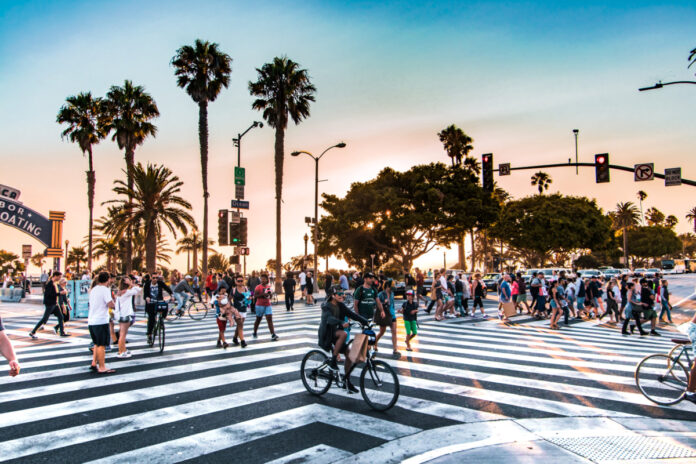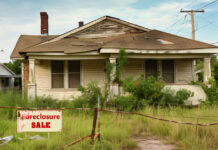When we look at failed states, one of the many things we see is an inability to provide basic services and utilities to their populace. I bring this up because California has been and is expected to continue to experience rolling blackouts as electrical consumption exceeds demand. These blackouts generally last for two hours and are not related to fire danger, which is what resulted in lengthy mass-blackouts last year.
So does this mean California is a failed state? Not yet, but it is certainly a sign that it is getting there.
Anyone who takes a serious look at California can see that it is imploding, but what many miss is that the damage to its economy and way of life largely self-inflicted.
For example, environmentally minded Californians have shut down coal-fired power plants for air-quality reasons. In 2008, more than 18 percent of the state’s electricity was generated by plants burning coal. By 2017, that number had dropped to 4.1 percent. During that time, at least 18 power plants were removed. Similarly, since 2013, California has only had one nuclear power plant.
The result is that the state can no longer provide sufficient electrical generation capacity to meet peak demand. Talk about shooting yourself in the foot!
A Long Slow Slide
But this is just one problem California is facing. More than half of the homeless people in the country are now in California where their drug and mental health problems are compounded by their filthy living conditions, disease, and tendencies towards petty (and sometimes more serious) crime. Homeless people camping on public property has ruined the quality of life for many residents, changing the face of their cities.
The very people that made California great, the wealthy entrepreneurs and business people, are being chased out. High state income taxes and sales taxes (as high as 10.25 percent in Los Angeles) are bad enough but the new wealth tax under consideration will tax residents on their net worth, now and for ten years after they leave the state.
Add in immigration (at least 20 percent of immigrants in California are in the country illegally), drug abuse, drought, wildfires, the high cost of housing, rising crime rates, and poverty, and you can see that California is far from the paradise it was considered to be some forty or fifty years ago. This fall from grace is largely the result of short-sighted political policies designed to address emotional issues without giving any serious thought to long-term consequences.
California prides itself on leading the nation in many ways. We just hope it isn’t leading us on a long, slow slide into socialism, which history shows inevitably results in a failed state. California may not be there yet, but it is inching closer every day, and when the inevitable collapse happens, it may drag the rest of us down with it.
COVID-19 By the Numbers
The U.S. reported 40,022 new cases of coronavirus infection in the past 24 hours, its lowest number since late June. The total number of cases over the duration of the pandemic in the U.S. is now 5.46 million. More than 170,451 have died, with 542 deaths reported in the past 24 hours.
Infections in California, Texas, Florida and Arizona continue to slow. The New York Times reports the case rate is dropping in 20 states, holding steady in 24, and growing in seven states plus the U.S. Virgin Islands, Guam and Puerto Rico.
Worldwide, cases were up more than 200,000 to 21.92 million and we can expect to surpass 22 million later today. For some reason, the number of global deaths currently reported by Johns Hopkins dropped since yesterday to 774,720, so there must have been some data errors they have corrected in the apt 24 hours.








